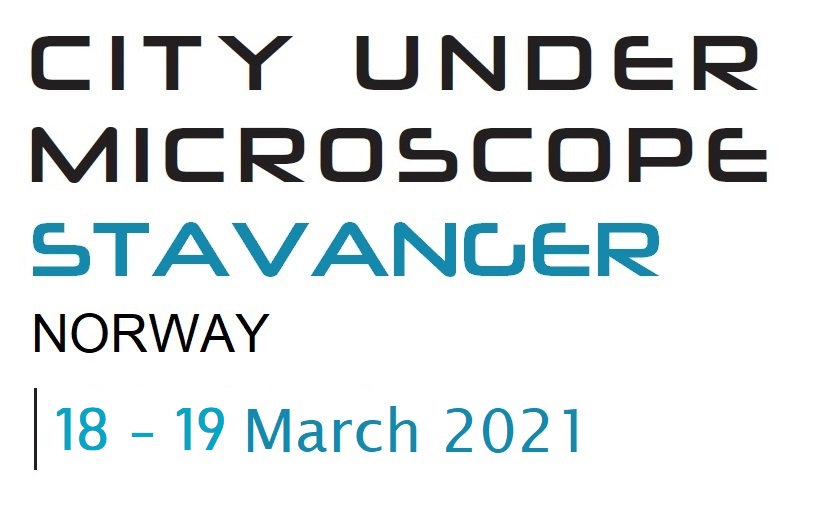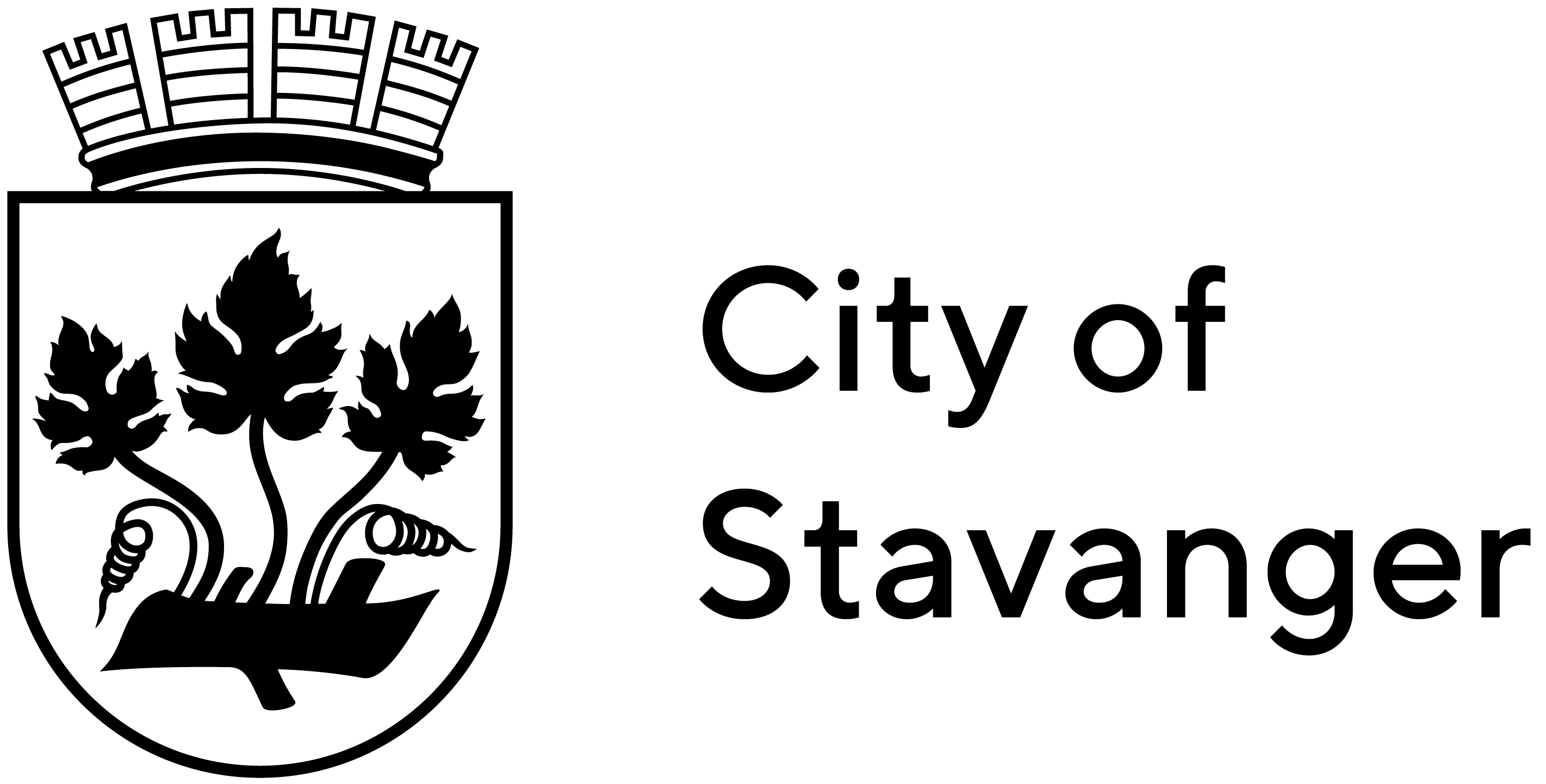Online Programme
Day 1: 18 March 2021
For participants: 10:30 – 14:45 CET
For LUCI members: 10:30 – 15:15 CET (including LUCI Coffee Bre@k)
How to plan, develop and adapt in Stavanger and the region
as we go from Oil City to Smart City
Stavanger has evolved from a shipping and canning city to Norway’s oil capital. This has affected the city. The decline in oil prices has given both Stavanger and the region major challenges. Challenges provide new opportunities – Stavanger and the region have chosen to meet the challenges by focusing on smart solutions. Could this be the new oil? A roadmap has been prepared for Stavanger’s work towards becoming a smart city. Stavanger has also set high climate targets. The use of clean energy in the transport sector will be important to achieve these goals.
Conference moderator: Kristin Støle Kalgraff, Content Manager, Communications, Lyse Group
10:30 Welcome and Opening Remarks
- Iselin Nybø, Minister of Trade and Industry, Norway
- Kari Nessa Nordtun, Mayor, City of Stavanger
- Meri Lumela, Chair of the City Board, City of Jyväskyla, President of LUCI
10:40 What is Stavanger? The growth, the challenges, and the ambitions
- Gunn Jorunn Aasland, Director of Urban and Community Planning, City of Stavanger
10:50 The power of Norwegian industry – adapting to new times
- Tone Grindland, Regional Director, Confederation of Norwegian Enterprises
With its status of European Capital of Energy, Stavanger is also part of a country that is considered Europe’s Green Battery. Industries continually adapt knowledge, technology and solutions to new business. How does industry in Stavanger and Norway play a key role in Europe’s “Green Deal” growth strategy?
11:00 Smarter together!
- Gunnar Edwin Crawford, Head of Stavanger Smart City
- Trond Thorbjørnsen, Senior Business Developer at R&D, Lyse
Learn how Stavanger is joining forces with its citizens and businesses to co-create a new and smarter city.
11:20 Coffee Break
11:35 From small-scale power production to national challenges of today
- Eimund Nygaard, CEO, Lyse

Public lighting in Stavanger – history, management, operation/maintenance, strategy, projects
Stavanger put in place its first street lighting in 1865. The municipality later established a power station to secure electricity for the city’s needs including street lighting. The municipality manages street lighting, while operation and maintenance is carried out by an inter-municipal company. The municipality has prepared a technical lighting standard and a comprehensive replacement programme is underway for LED. Lighting includes not only street lighting, but also other lighting projects which is an important part of the lighting strategy for Stavanger’s city centre.
11:45 A city in Siberian darkness: a historical development of street lights in the past 150 years
- Hanne Windsholt, Head of the Cultural Heritage Management Office, City of Stavanger
12:00 Management of streetlighting in Stavanger
- Leidulf Skjørestad, Director of Urban Environment and Development, City of Stavanger
12:20 Lunch Break
13:10 A lighting strategy for the city centre of Stavanger: process and results
- Nevena Kovacevic, Lighting designer, Zenisk
In 2005, Stavanger was one of the first cities in Norway to have a lighting masterplan. 15 years later, the revised lighting masterplan of Stavanger shows how the city can welcome change, while enhancing its identity, safety and wellbeing in synergy with an urban development that emphasises walkability and pedestrian experience. Simultaneously, Stavanger’s objectives to reduce light pollution and CO2 emissions are met by a better distribution of light, planned contrasts with darkness and use of smart city controls.
13:30 Lighting of the main square and Tivolifjellet
- Halvor Næss, Lighting designer, Halvor Næss
Torget Square is an important location for concerts and markets. After its renovation, it was criticised for being too dull. The dynamic lighting project at Torget was installed to bring more life to the Square with the lighting changing automatically through the seasons. Tivolifjellet is a tiny little park overlooking Breiavannet. Here, there is subtle use of coloured light combined with a low light level.
13:50 Nordic Safe Cities: Case studies from Stavanger and Aalborg
- Louise Fill Hansen, Design Director, Partner & Urban Designer – SLA Architects Copenhagen
- Lotte Fast Carlsen, Deputy Director, Nordic Safe Cities
14:15 Group Photo in Zoom
14:20 Q&A with speakers in Zoom
14:45 LUCI Coffee Bre@k: Behind the scenes of Stavanger’s lighting (for LUCI Members only)
- Claus Petersen, Urban Designer, City of Stavanger
- Ingvild Abrahamsen, Responsible for Lighting Design, Lyse
LUCI Coffee Bre@ks are a series of exclusive monthly rendezvous for LUCI members. These short, convivial moments are an opportunity for members to stay in touch and hear from experts on a variety of urban lighting topics. This special Coffee Bre@k during CM Stavanger will give members a chance to go behind the scenes with the Stavanger team to learn about challenges of putting in place a new light plan.




